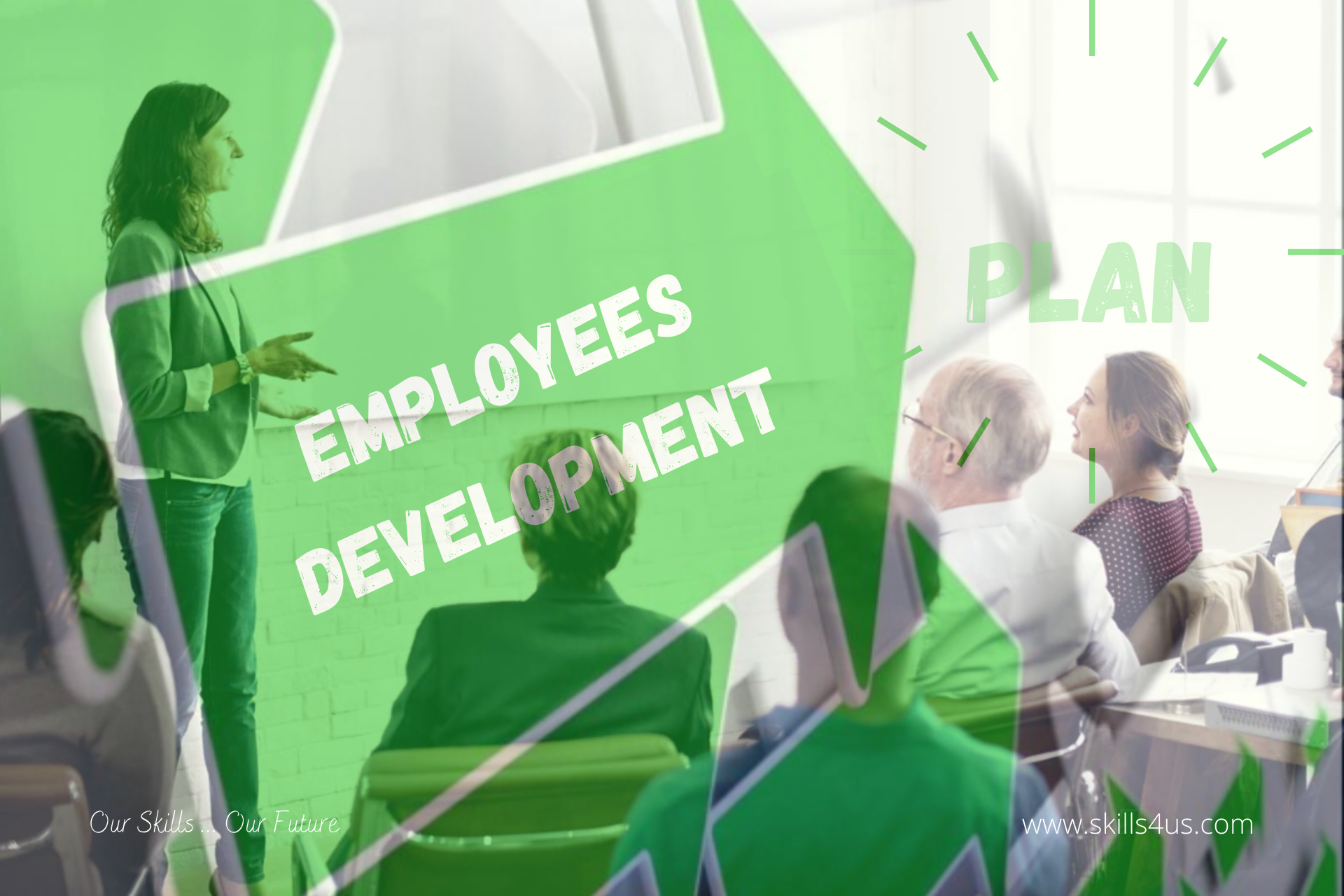A well-thought-out career development plan provides your employees with opportunities. And clear guidance on increasing their skills and advancing their careers. And with a more skill set, they have more tools to help your business keep going.
To generate an employee development plan or program, you can take a few steps to help ensure that your employee development plan is on track:
Step 1: Look at Your Business Goals
Before you set goals for a career development plan, try to align your employees’ development needs with your organization’s business needs. Keep in mind your long- and short-term business goals. Once you define your goals, you can identify the necessary skills, knowledge, and competencies that support those goals.
For example, if your business will experience a growth spurt, you may need additional business leaders. So you should ask, “What skills do these leaders need?” “Do your employees have the skills, ability, and desire to learn the skills needed to take on these responsibilities and move into these roles?”
Developing internal employees to bridge the gap between current employee skill sets and the skill sets needed for the future will significantly benefit the organization. Devoting time and effort to employee development now can save you time and money rather than hiring and training new employees. Additionally, creating a career path and demonstrating opportunities for advancement and promotion through development can help you retain the best talent.
Step 2: Talk to Your Employees
Don’t assume that you know your employees’ skill level and career aspirations. Instead, talk to each member of your business team to get a better understanding of their career goals. It is great to ask your employees to rate their work and discuss any challenges they face in their current job. They may already have development goals. But don’t know how to get started or whether your organization will support these plans. Other employees may not accept that you see specific potentials and abilities in them, and you need encouragement to get to the next step in your career. By talking to your employees, you can work together to see your business’s role in their plans and the opportunities you can offer them.
Step 3: Know the Potential and Prepare
While evaluating the performance of your employees. It is essential to remember that there is a difference between ability and willingness. For example, an employee may have the potential and capabilities to be a great future manager. But is not ready to take on any higher job role or responsibility because readiness comes in various forms, including desire, skills, and experience. This employee may be interested in moving into this managerial role that you see fit but is not yet ready. Perhaps he is committed to some family responsibilities and does not want to travel as much as the new role requires. Or he may need some time gradually to master the specific skills needed for this new role.
Leaders often mistake thinking that a great employee with good potential, energetic, and well-rounded people would be great at managing a team. It means how willing he is to do this role, even if he is a great employee. Performance versus management are two very different skill sets. And pushing an employee into a job he’s not ready or prepared for can have serious consequences.
Step 4: Focus on Training and Development
Now that you know the goals, it’s time to determine how your employees will acquire their new skills. Training and development programs do not have to be expensive and may take many forms. Note that most employees need to learn a new skill in depth or gain knowledge.
Step 5: Make a Plan
Once you have identified some regular learning opportunities, prepare a plan with clear goals at the right time. Measuring employee progress is more difficult when goals are vague, too broad, or have no deadline.
- Next, what does it take to put your employee development plan into action? Is there any preparatory work to be done?
- Is anyone else related?
- Will the employee need to spend time away from work?
- Will someone else need to cover it during training?
Before beginning a new training or assignment, make sure your employees understand why they must acquire this new skill. What you expect them to know, and how it benefits the organization and their profession. After the training, help them apply their new skills in the workplace. You spend a great deal of time and money helping your employees improve and develop their skills. Your employees must use those new skills to work in your organization to get the greatest possible return on your investment. Create opportunities to apply new skills to the job and get feedback quickly. It will help them enhance and hone their new skills. If they do not use the latest knowledge and skill, they will likely lose them.
Creating employee development plans helps you make your workforce more efficient and knowledgeable and achieves job satisfaction. And when your employees are happy, they are less likely to look for work elsewhere.
